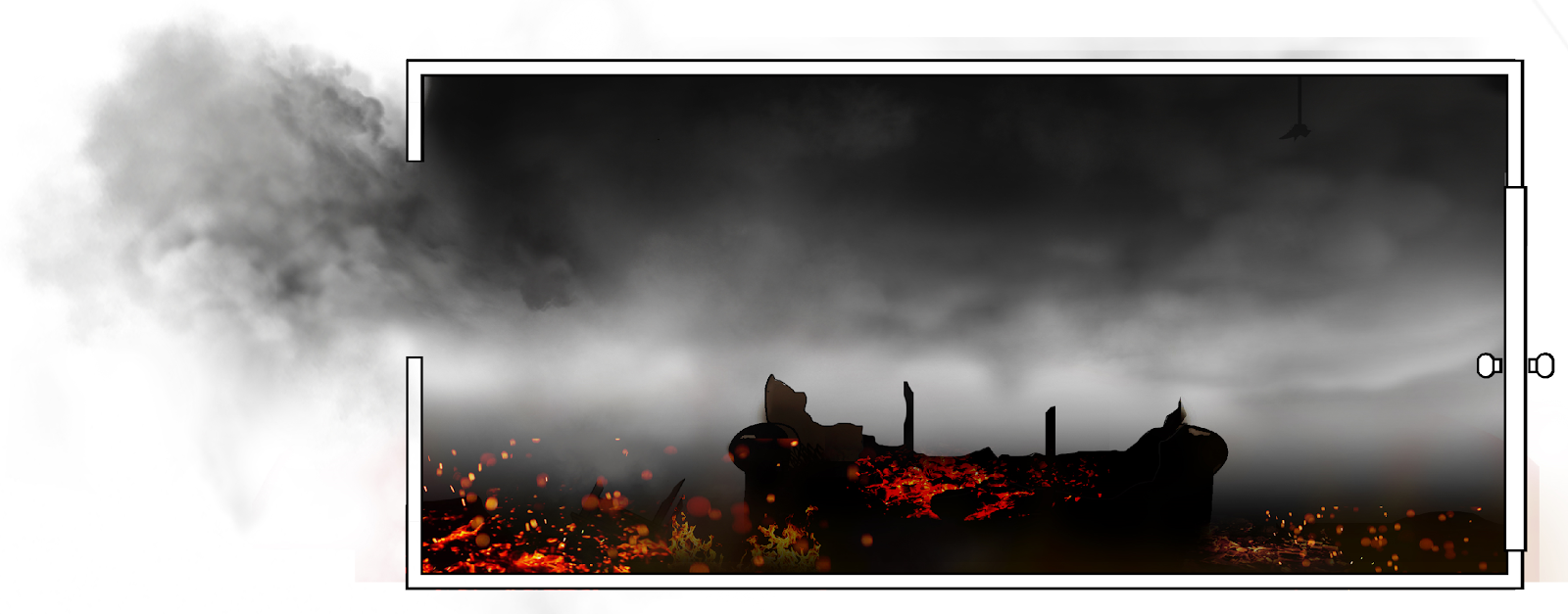Decay
When the fuel and/or oxygen are depleted, or are no longer able to mix with one another to form a flammable mixture, the fire enters the decay period. HHRs and temperatures begin to diminish and the fire will die out.

During decay, or if the fire is suppressed, large volumes of flammable smoke can migrate throughout the structure. Even when the visible smoke has cleared, heated aerosol deposits on surfaces within an enclosure may contain volatiles that continue to vaporize and mix with air in the fire room and adjacent compartments for a long period of time. Depending on the ventilation and mixing conditions prevalent during the fire, these deposits and volatiles can ignite (as described under smoke ignitions in later sections) and may also contain many dangerous (toxic) organic combustion by-products, including some that increase the risk of cancer. Thus, appropriate safety precautions and use of personal protective equipment must be continued throughout the various stages of overhaul and clean-up after each fire.

In Figure 12, an under-ventilated furniture fire ran out of oxygen before reaching flashover and the fully developed stage. As a result, some furniture remains; some is damaged, but most was not totally burned in the fire.
|
Knowledge Check Fire starts with what event? Name the first stage of a compartment fire. Flashover is an event that typically occurs between which two stages of a compartment fire? In which stage of a compartment fire does the heat release rate decrease? |